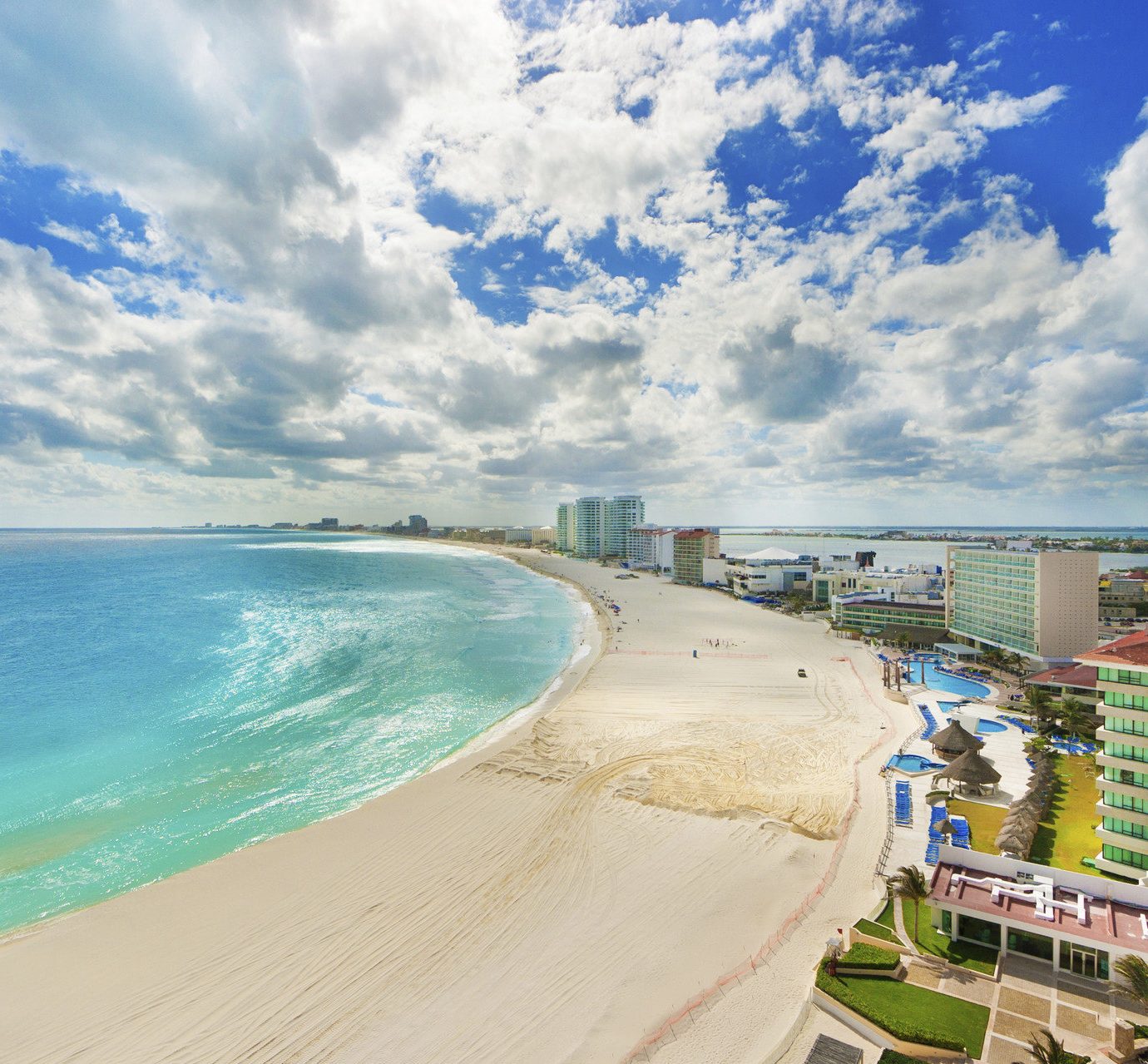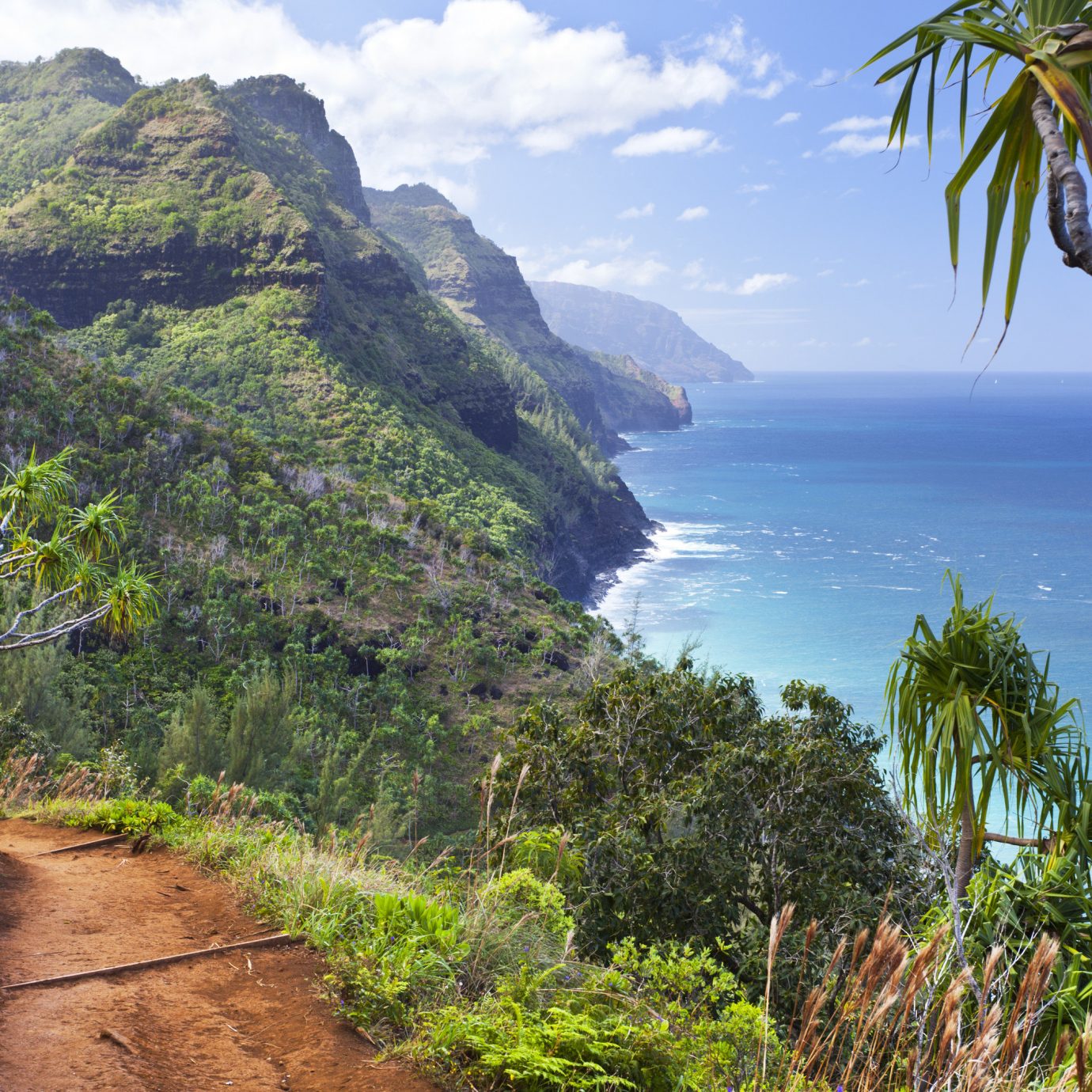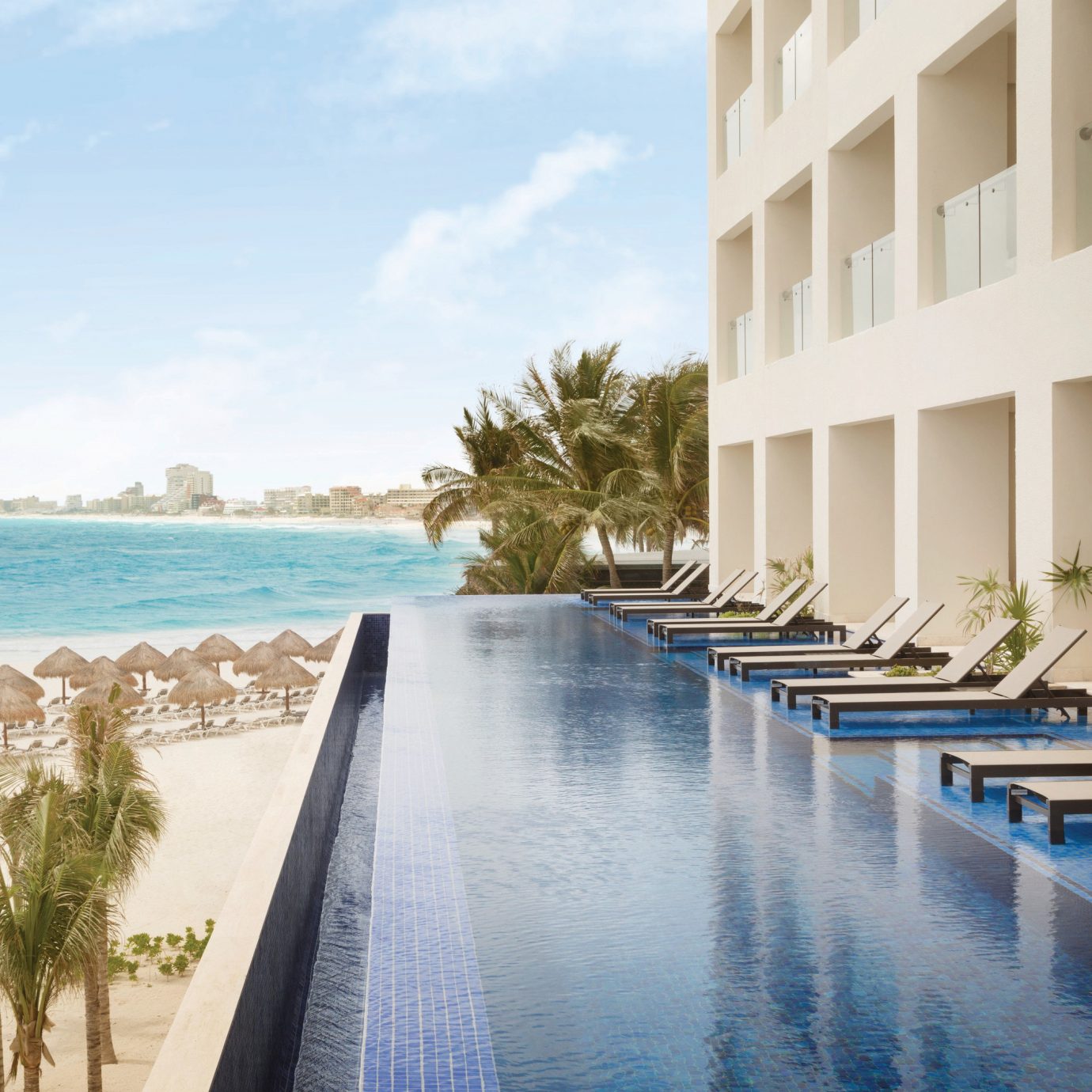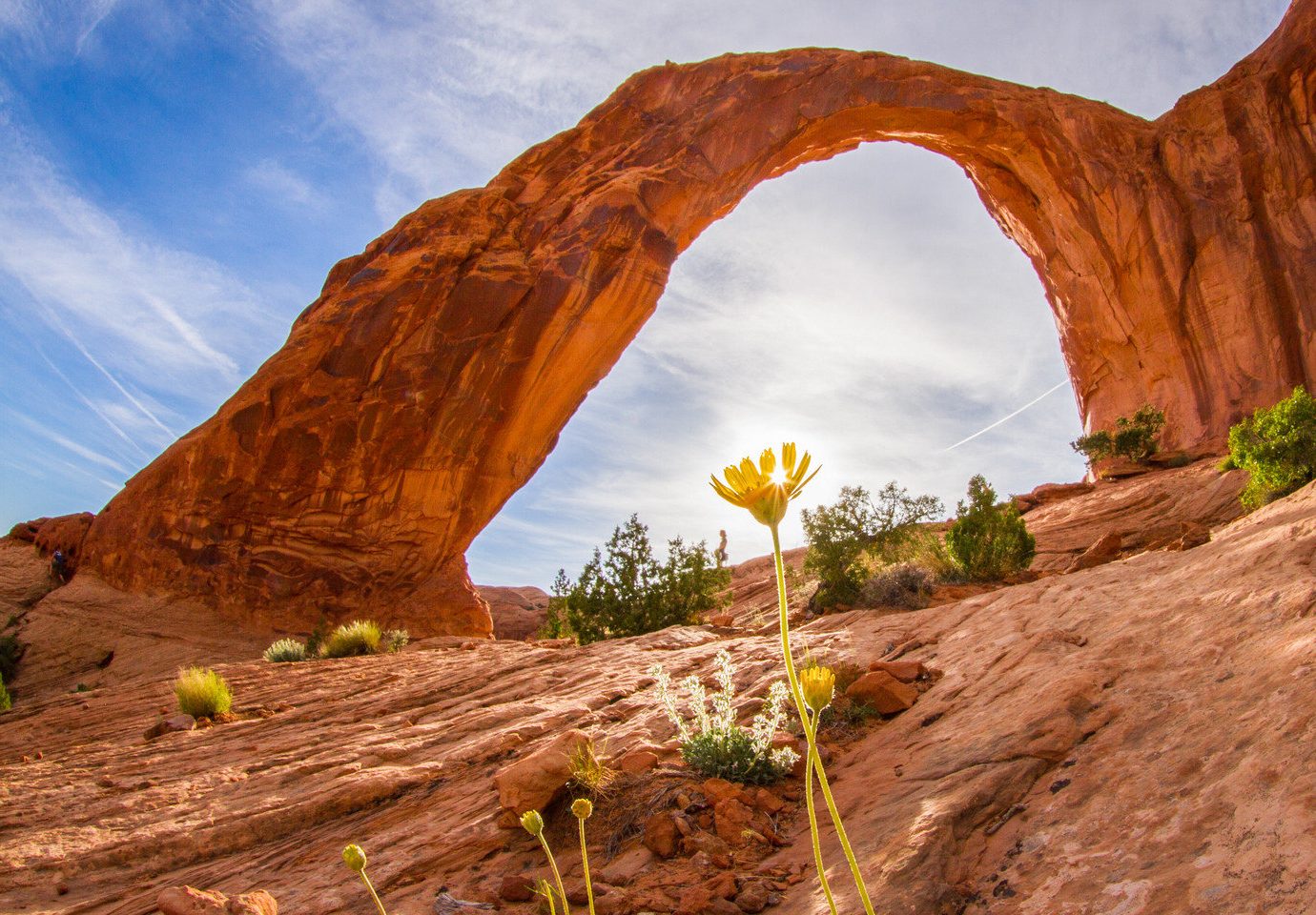History of Surfing
Surfing may bring to mind images of tropical paradise, retro Aloha postcards, and bronzed, shaggy-haired beach bums—but it hasn’t always been that way. Read on to find out how hanging ten made history.
Chelsea is Brooklyn-based travel writer, editor, and photographer. When not home eating her way through NYC, she's gallivanting across the globe, sailing the coast of Croatia or hiking the peaks of Peru. Her superpowers include booking flight deals and sleeping in small plane seats.
Let’s rewind
Here’s a bit of trivia for you: Surfing originated in Polynesian culture back in the 1500s. (Yes, that’s more than 500 years ago!) Don’t believe us? Ancient petroglyphs of surfers were found carved in Hawaii’s volcanic-rock landscape. Yet, it wasn’t until two British naval officers, Captain James Cook and Lieutenant James King, laid eyes upon surfers riding long, hardwood boards in Tahiti and Hawaii in the late 1770s that the rest of the world caught on. Hawaiians called it he’e nalu, meaning wave-sliding; it was the heart of their way of life. But during the early 19th century, European diseases (ahem, syphilis) swept the islands, taking out a chunk of the community, while others were stuck working strenuous days on sugar plantations thus separating them from their oceanside customs. By the time Mark Twain visited the islands in 1866, surfing was practically a lost tradition.
RELATED: Island-Hopping in French Polynesia: What to See in Bora Bora, Moorea, and Tahiti
How it caught on… again
Surfing has three birthplaces: Hawaii, California, and Australia. In 1907, George Freeth, a Hawaii native from Oahu, was brought to California by Henry Huntington — yes, the Huntington of the famous Huntington Beach — as a publicity stunt to promote the opening of the LA-Redondo-Huntington railroad. Freeth became a main attraction, “the man who walked on water,” as he rode the waves in front of awestruck crowds. Due to his success, real estate magnates used surfing as a hook to draw tourists to their beachfront hotels. Three years later, Tommy Walker mastered the swells along Sydney’s Manly Beach on a 10-foot board he bought at Waikiki Beach for $2; following him was Hawaiian Olympic swimmer, Duke Kahanamoku, who was later nicknamed the Father of Modern Surfing.
RELATED: The Best Time to Visit Hawaii: A Season-by-Season Breakdown
Cowabunga culture of the ‘60s
With the 1959 release of the campy film Gidget (based on the life of surfer Kathy Kohner-Zuckerman), the sport’s popularity skyrocketed. The explosion of the ‘60s SoCal beach scene was seen in the rise of bands like The Beach Boys, in movies like Beach Party (1963) or The Endless Summer (1966), and even in everyday slang like cowabunga (a spin-off of “Kupaianaha,” a Hawaiian word for wonderful).In the early ‘70s came the creation of the short board. This allowed for more tricks, and propelled surfing from counterculture into a professional sport (see: International Professional Surfers, now known as the World Surf League). The ladies also started tackling gnarly sets, and Margo Oberg became the world’s first female surfer to go pro in the inaugural wave-riding contests of 1975. She won and continued to dominate for the next two years, earning the title of Women’s World Champion (#girlboss).
RELATED: The 11 Best California Beach Escapes
Big wave surfing
The ‘80s went by in a neon blur as the ‘90s brought surfing’s second wave. Kelly Slater, dubbed the “Michael Jordan of Surfing,” transformed the pastime into a mainstream sport after he was crowned World Surf League Champion a record 11 times, including five consecutive titles from 1994 to 1998. As if that weren’t impressive enough, the World Surf League launched the Big Wave Awards in 2000 (now in its 20th season), which grants first place to the surfer who rides the biggest tube. This extreme sport influenced a pop culture trend of hit flicks like Disney’s Johnny Tsunami (1999), Rip Girls (2000) and Blue Crush (2002).Today, we continue to push the boundaries of surfing. Just check out Robbie Madison’s Pipe Dream (2015), which was shot in Tahiti, where it all began. The daredevil takes on one of the most massive breaks in the world… on a dirt bike-turned-surfboard, no less.
Want more?
- The 11 Best Beaches in the U.S. from Coast to Coast
- What to Pack for a Beach Vacation: Our 16-Piece Checklist
- 17 Cool Men’s Swim Trunks to Shop Now
Comments
All products are independently selected by our writers and editors. If you buy something through our links, Jetsetter may earn an affiliate commission.
Become a Jetsetter.
Use our insider connections to know where to go and what to do.
By proceeding, you agree to our Privacy Policy and Terms of Use.
Thanks for Signing Up!




